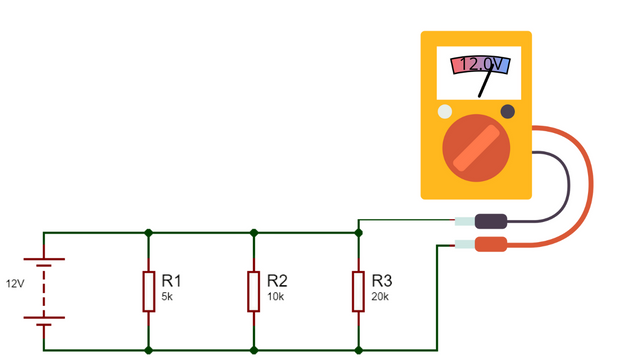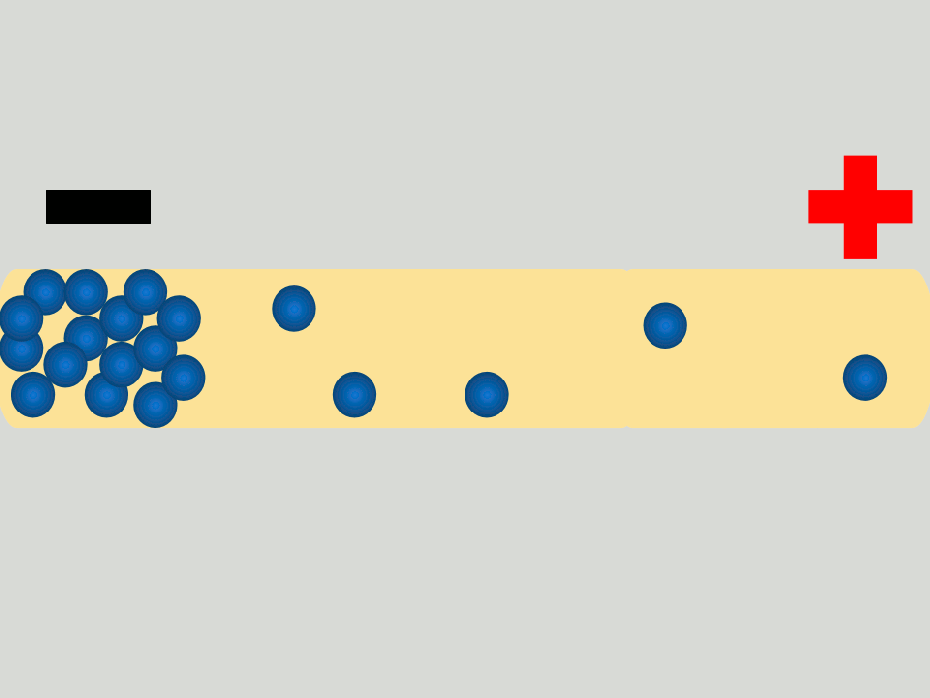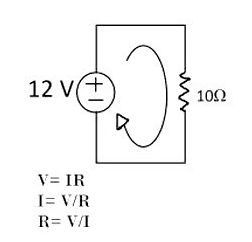VOLTAGE
Tension or Voltage is the potential difference between two points. In physics it is called potential difference. Voltage is the cause that causes current to be generated by a circuit.
The unit of measurement is the Volt (V), when the voltage is 0V there is no potential difference between one pole and another, so there is no possibility of current. And if it were a battery, it would be said that it has run out.
Voltage is always measured in Parallel and we make use of a Voltmeter as a measuring instrument.

For Example
In a plug there is voltage (Potential Difference) between its two points but there is no Current. It is only when the circuit is connected to the plug that current (electrons) will begin to circulate through the circuit and that is because there is already voltage in it. The same thing happens when a circuit of a light bulb and a battery is connected, between the two poles of the battery there is tension and when connecting the light bulb it turns on since it allows the flow of electrons from one pole to the other.
HOW IS TENSION MAINTAINED BETWEEN TWO POINTS?
Generators are equipment that maintain the Potential Difference or Voltage between two points so that when connecting the circuit current is generated.
These generators can be Dynamos, Alternators or Batteries
AMPERAGE
It is the number of electrons that pass through a point of the conductor in a given time. Its unit of measurement is in Amps (A) and is represented by the letter I.
For example, a current of 1A is equivalent to 6.25 trillion electrons that have passed in one second.

ELECTRIC RESISTANCE
Electrons flow freely through a conductor since it does not offer resistance when moving through it, however when they pass through a receptor, their passage is restricted as it offers resistance. That is why it is called resistance to the difficulty that is offered to the passage of current.

All elements of a circuit offer resistance [Except conductors], Resistance is represented by the letter R and is measured in Ohms.
OHM'S LAW
This is the fundamental law of electricity. It establishes that "The intensity of the electric current flowing through an electric conductor is directly proportional to the applied potential difference and inversely proportional to its resistance".
Its equation is the following:
V=I x R
Being:
V = Potential Difference in Volts (V)
I = Current Intensity in Amps (A)
R = Electrical Resistance in Ohms (Ω)
The formula can also be cleared as follows:
I = G/R
R=V/I
For Example
Applying Ohm's law to the following circuit, the values of Voltage, Current and Resistance can be calculated.

I= 12V / 10Ω
I= 1.2A
V= 1.2A x 10Ω
V= 12V
R= 12V / 1.2A
R= 10Ω